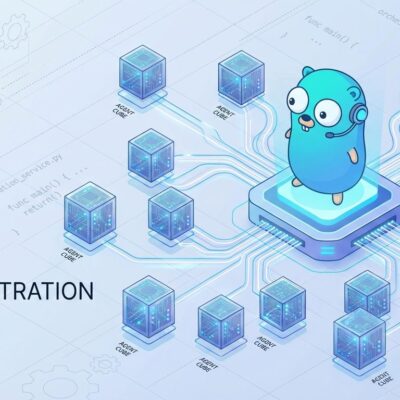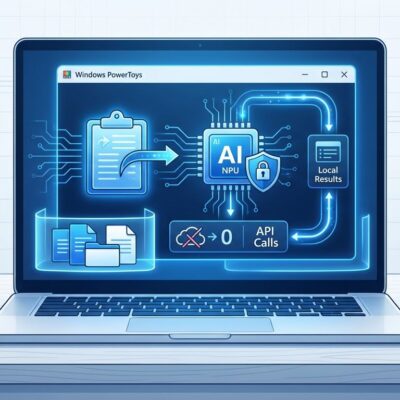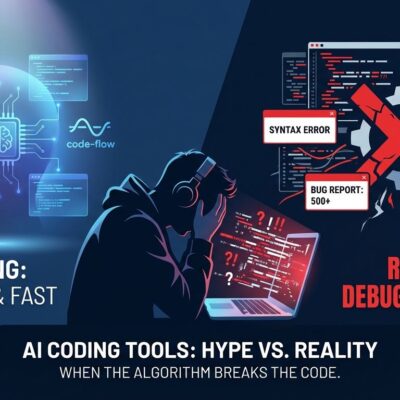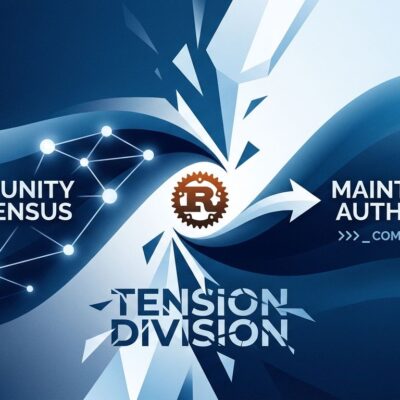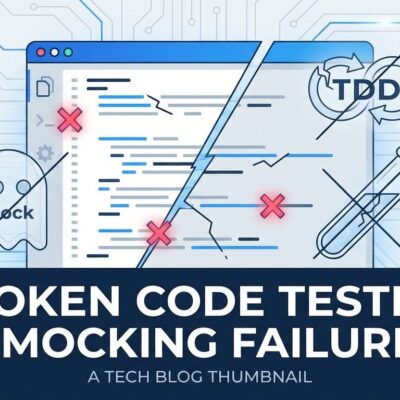
A quiet revolution is happening in 2025: companies are ditching Kubernetes. Not because it’s bad, but because it’s overkill for what they’re building. Multiple startups published “break-up stories” this year, documenting how they moved from Kubernetes to simpler alternatives and found “happiness in simplicity.” The pattern is clear—after years of treating Kubernetes as the default choice for any containerized application, the industry is finally asking the question it should have asked from the start: do we actually need this?
The Complexity Tax: Why 68% of Enterprises Struggle
Kubernetes solves real problems, but most companies don’t have those problems. The data backs this up: 68% of enterprises report significant complexity challenges with Kubernetes implementation. The operational overhead—managing clusters, networking, storage, security—is the most underestimated cost. Developers waste countless hours troubleshooting infrastructure instead of building features.
One developer recounted that setting up a K8s cluster for a simple app took weeks longer than anticipated. The client finally asked: “Why does such a straightforward app require so much complexity?” This pattern repeats across small teams: YAML configuration files grow larger than the application code itself. If two-thirds of enterprises struggle with Kubernetes, imagine the pain for startups with three developers and no dedicated DevOps team.
The complexity isn’t a learning curve—it’s a permanent tax on velocity. You’re not just learning Kubernetes once and moving on. You’re debugging distributed systems failures, managing upgrades, hardening security (K8s has no robust built-in security tools), and maintaining monitoring stacks. Kubernetes doesn’t just run on your cloud—it runs on your time, your brain cells, and your team’s sanity.
Your Kubernetes Cluster Is Wasting 50-70% of Your Cloud Budget
The cost crisis is worse than the complexity problem. The average Kubernetes cluster runs at just 30-50% utilization, according to Cast AI’s 2025 Kubernetes Cost Benchmark Report analyzing 2,100+ organizations. That’s 50-70% waste. Worker nodes account for 40% of total Kubernetes spending, and most organizations dramatically overprovision because they don’t know their actual requirements.
Developer testimonials on cost forums tell the real story: “Our AWS bill was $15K/month for K8s. Moved to Fargate, now $4K/month.” Another: “Paying for three control plane nodes plus worker nodes for a staging environment that runs eight hours a day.” The “free” Kubernetes distribution cost one company $200K in engineer time.
For startups, that wasted money could fund another engineer or six months of runway. The cost isn’t just cloud bills—it’s opportunity cost. Every hour spent on Kubernetes is an hour not spent on product. Every engineer pulled into infrastructure firefighting is an engineer not shipping features.
Related: Cloud Waste Burns $200B: Why 30% of Spend Disappears
Why Companies Are Publishing “Kubernetes Break-Up Stories” in 2025
In 2025, developers are publishing articles with titles like “Why We Broke Up with Kubernetes and Found Happiness in Simplicity” (DEV Community), “The Great Kubernetes Exodus” (Medium, October 2025), and “The Kubernetes Bubble: Why Startups Are Ditching It” (Medium, September 2025). This isn’t isolated—it’s a documented trend of companies actively moving away from Kubernetes.
Common themes from these stories: “We traded complexity for clarity, and shipping got faster.” “We stopped fighting infrastructure and started building features.” One startup cut deployment time from two hours to five minutes after moving from Kubernetes to ECS. Another saw team morale recover after two developers quit due to Kubernetes frustration.
This validates what many developers suspected but didn’t say publicly: Kubernetes adoption was often driven by hype, FOMO, and resume-building rather than actual need. The industry is self-correcting. The pendulum swung too far toward “Kubernetes for everything” in 2019-2023, and now it’s swinging back to “right tool for right job” in 2025.
Related: Zig Dumps GitHub for Codeberg After 10 Years—Here’s Why
What You Should Use Instead (Probably)
For most workloads, simpler alternatives work fine. AWS ECS + Fargate offers serverless containers with no control plane fees. Google Cloud Run provides pay-per-request serverless. Docker Compose—yes, seriously—handles many production workloads. PaaS platforms like Heroku, Render, and Fly.io abstract infrastructure entirely. CircleCI’s official blog concludes: “Most applications don’t need Kubernetes. Simpler alternatives impose far less administrative overhead.”
The decision matrix is straightforward. Startups and MVPs should use PaaS (Render, Fly.io, Railway). AWS shops should start with ECS + Fargate. Serverless-friendly workloads fit Cloud Run or Azure Container Apps. Simple container deployments work fine with Docker Compose. Graduate to Kubernetes when you have 50+ microservices, true multi-cloud requirements (not just multi-region), or $10M+ ARR with a dedicated DevOps team.
Developers need permission to choose simpler tools. The industry created a false binary: containers require Kubernetes. That’s wrong. Most containerized apps don’t need orchestration at Kubernetes scale. You’re not “doing it wrong” by using ECS or Heroku—you’re solving business problems instead of infrastructure problems.
When You Actually Need Kubernetes (Be Honest)
Kubernetes makes sense for specific scenarios: large-scale microservices architectures (50+ services with different scaling requirements), true multi-cloud deployments (not just multi-region on one cloud), complex orchestration needs (sophisticated scheduling, custom resource policies), or massive scale (hundreds or thousands of containers). Companies like Netflix, Spotify, and Uber legitimately need Kubernetes. Most startups don’t.
CircleCI’s analysis is blunt: “It’s tempting to think only Kubernetes-orchestrated microservices can scale, but that’s false. You can auto-scale monolithic applications using AWS Elastic Beanstalk, Google App Engine, or Azure App Service.” Start simple. Scale when you’ve proven you need the sophistication. Don’t adopt Kubernetes because you might need it someday—adopt it when you can’t solve your problems any other way.
This isn’t anti-Kubernetes. The tool is powerful and necessary for companies operating at certain scales. The problem is treating it as the only choice for containerized applications. Kubernetes is a battleship—extremely capable, but overkill for most missions. You don’t need a battleship for a water balloon fight.
The 2025 Lesson: Choose Boring Technology
The 2025 consensus across multiple sources: “In 2025, simplicity wins. Companies want solutions—not another layer of complexity.” The pendulum is swinging from over-engineering back to appropriate tooling. Developer experience and velocity matter more than infrastructure flexibility most teams will never use.
The shift in mindset is striking. Old thinking (2019-2023): “We’re using containers, so we need Kubernetes.” New thinking (2025): “What’s the simplest thing that could work?” Companies are asking “What’s the fastest way to ship?” instead of “How do we make this work with Kubernetes?” The result: fewer outages, lower costs, happier developers, faster feature delivery.
If you’ve questioned whether Kubernetes is overkill for your project, you were right. The industry is giving you permission to choose simpler tools. Start with Docker Compose, PaaS platforms, or managed services like ECS and Cloud Run. Solve business problems. If you outgrow simpler tools, you’ll have the revenue and team to justify Kubernetes complexity. Until then, build features—not infrastructure.


